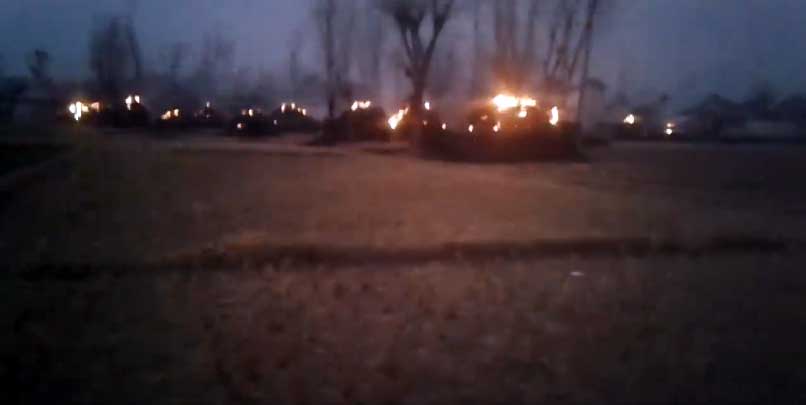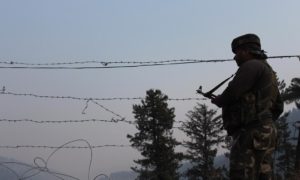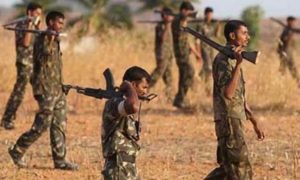Flames that reduced Hajin’s haystacks to smouldering heaps on the day when the army chief asserted ‘military should be kept out of politics’ has once again highlighted how the rampaging military actions on ground have a clear political backing.
The smoke-billowing haystacks in Hajin’s harvested fields perhaps hint at the delusionary security tactics with which the establishment wants to restore some calm in its erstwhile anti-militancy nerve-centre.
As the air continues to reek with burnt hay, the locals say the army patrol known to stay away from the hostile township pulled over their rumbling wagon suddenly on Wednesday noon. The abrupt arrival was seen as the beginning of another anti-militancy operation in the town.
In an ensued signature street protest, the army stands accused of firing randomly, going berserk, sending one youth packed to the hospital and setting the haystacks on fire.
The Hajin happening might go down as another “stray skirmish”, but it carries a larger connotation at a time when New Delhi is managing the Kashmiri rebel through the ironic pair of Op All Out and Surrender Policy. While the police and army top brasses have sought time before possibly terming the latest outraging episode as the handiwork of Army’s 3 RR, the charade has come out, full.
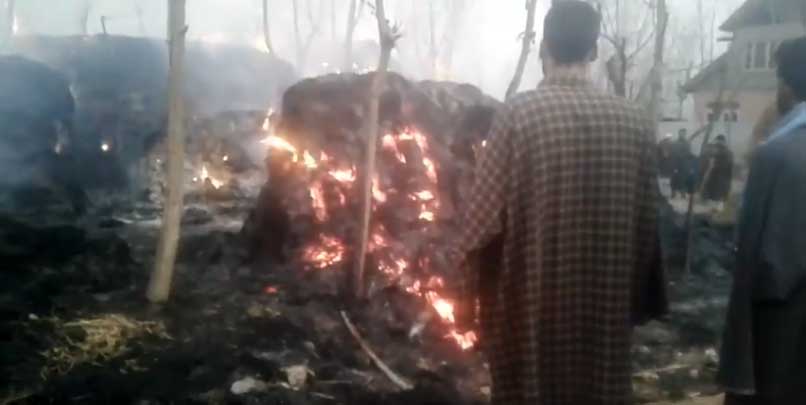
The offensive came the day when the Indian Army chief Bipin Rawat was emphasising on the need to keep politics away from military operations. The remark is seen as the general’s departure from his martial approach on Kashmir. Till recently, he wanted to see guns instead of stones in Kashmiri youth’s hands to “let his gunners manage the mess”.
Before Hajin, when crops were set afire in some parts of Kashmir last year, it set off a sense that the Indian forces are now managing the region like the Italian colonial forces once managed the defiant Libya. “But we don’t do such things,” the curt reply came from the police and its allied forces after last year’s blistering harvests evoked condemnations.
But in case of Hajin, which has been incessantly shedding its bygone demons post-2010, the burning incident, it is now feared, might sharpen the spark.
“The townspeople are already livid over the repeated security misadventures on their lives,” says Sultan, one of the former Ikhwanis, now an indistinctive trader in the town. “The recent mysterious beheading of a youth, the regular gunfights, the raids, the curbs have become common features of the town. It just doesn’t go well with the people here, anymore.”
But beyond Hajin and its soaring anti-establishment image, the manner with which forces are handling Kashmir highlights the type of statecraft that only makes military option as the best option for the state to discipline the defiant region.
The local population living amid the military installations and regular operations from the past 28 years perhaps well understands such savoir-faire. But as more and more houses are being blasted in the name of anti-militancy operations, the crisis is deepening amid garrisonisation of the countryside—making the local population as “objects of surveillance”—especially, down in south Kashmir.
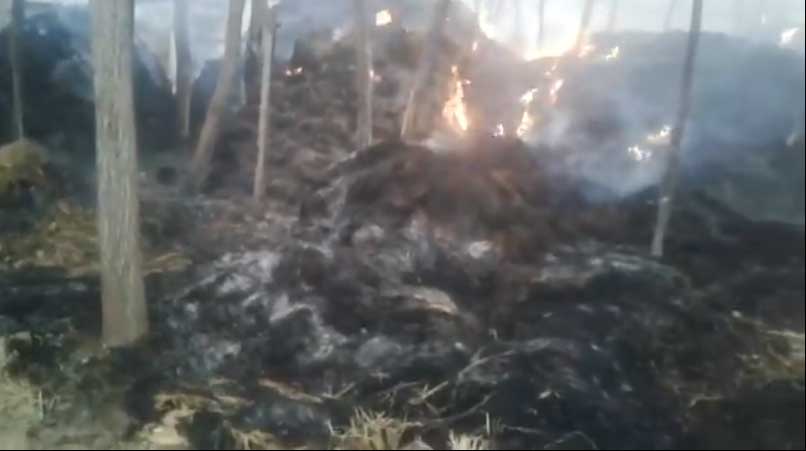
In this backdrop, the forces are asking armed Kashmiris to drop their weapons, come home and be a part of the new promising life. A weeklong insurgent (Islamabad’s blonde footballer) who has already been sent to an outside study sojourn is now being presented as the mascot of this shift. But then, one swallow doesn’t make a summer.
“In Kashmir,” says an army major, “there’s a perpetual struggle for the army to contain themselves in the hostile territory, where they’re bound to cut loose in the face of volatile situation.” The major is someone who as part of counterinsurgent team tried motivating Jaish-e-Muhammad militant Showkat from Pulwama’s Anglar village to surrender during a 2014 gunfight in Hanjin Pulwama. Even as his father was called to the spot and made to raise a cry—“Son, please come out … who’s there in my life, except you?”—he didn’t give up.
Hours later, as his father headed home with his son’s body retrieved from the rubble, he apparently remembered the day when his son came home from police custody without nails.
“There’s no denial of the fact that youth harassments have taken place in recent past,” the major says. “And we know how it has spiked the Kashmir’s insurgency graph.” Infact, a quick study of the post-2010 insurgent profiles reveals that most of them were driven by a hounded history, apart from sturdy conviction.
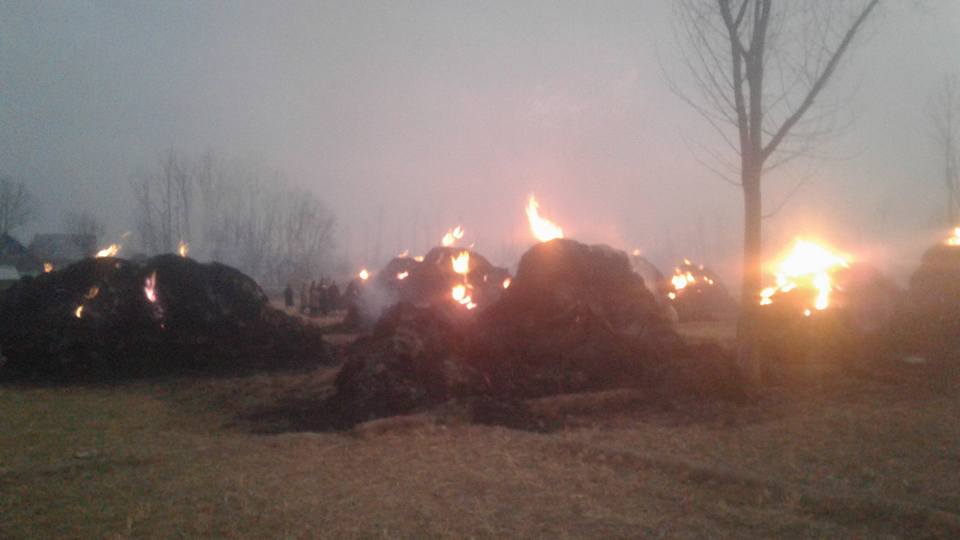
And to tackle this rising rebel dismissed as the sign of “radicalisation” by New Delhi, both serving as well as retired intelligence chiefs were engaged and called to Kashmir to try various security permutations and combinations. But most of them ended up floating yet another theory and suggesting a different treatment for the glaring situation on the ground.
In this make-believe confusion permeating the politico-military operations in Kashmir, Hajin’s smoking haystacks have become yet another barking instance, of how the military actions have political backing. Perhaps, next time, the General must come up with a better statement.


